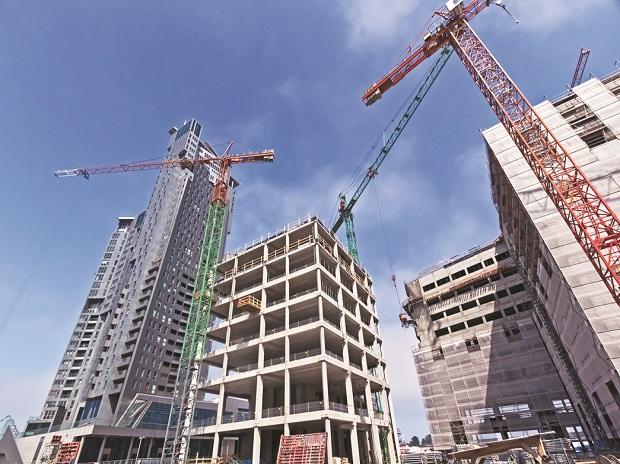[ad_1]
Even after back-to-back repo rate hikes in 2022, the average cost of debt for the eight listed realty players fell to the lowest since the start of the pandemic. Their average cost of debt has reduced from 9.64 per cent in the fourth quarter of the financial year ended March 31, 2020 (Q4 FY20) to around 8.14 per cent in Q2 FY23 when the sales revenues were rising.
The average cost of debt increased slightly during Q4 FY21 as net debt peaked in Q3 FY21, and the requirement of funds briefly rose, according to Anarock Research.
Fund availability has been a challenge for many smaller real estate developers. However, the bigger listed players can raise funds at competitive rates owing to good track record, high market acceptance, brand trust and demonstrated financial discipline.

The implementation of Real Estate (Regulation and Development) Act, 2016, and the IL&FS fiasco, coupled with the economic downturn created a funding crunch in the real estate sector from 2016-19.
Investors were uncertain about the future of the Indian real estate sector and became extremely prudent while evaluating investment options.
As a step to support various sectors including real estate hit by the pandemic, the Reserve Bank of India and government took a slew of steps to enhance liquidity. This helped developers to tide over the difficult times. The other steps included a reduction in repo rate, loan restructuring, stamp duty cuts, and a relief package to boost the economy.
[ad_2]
Source link



